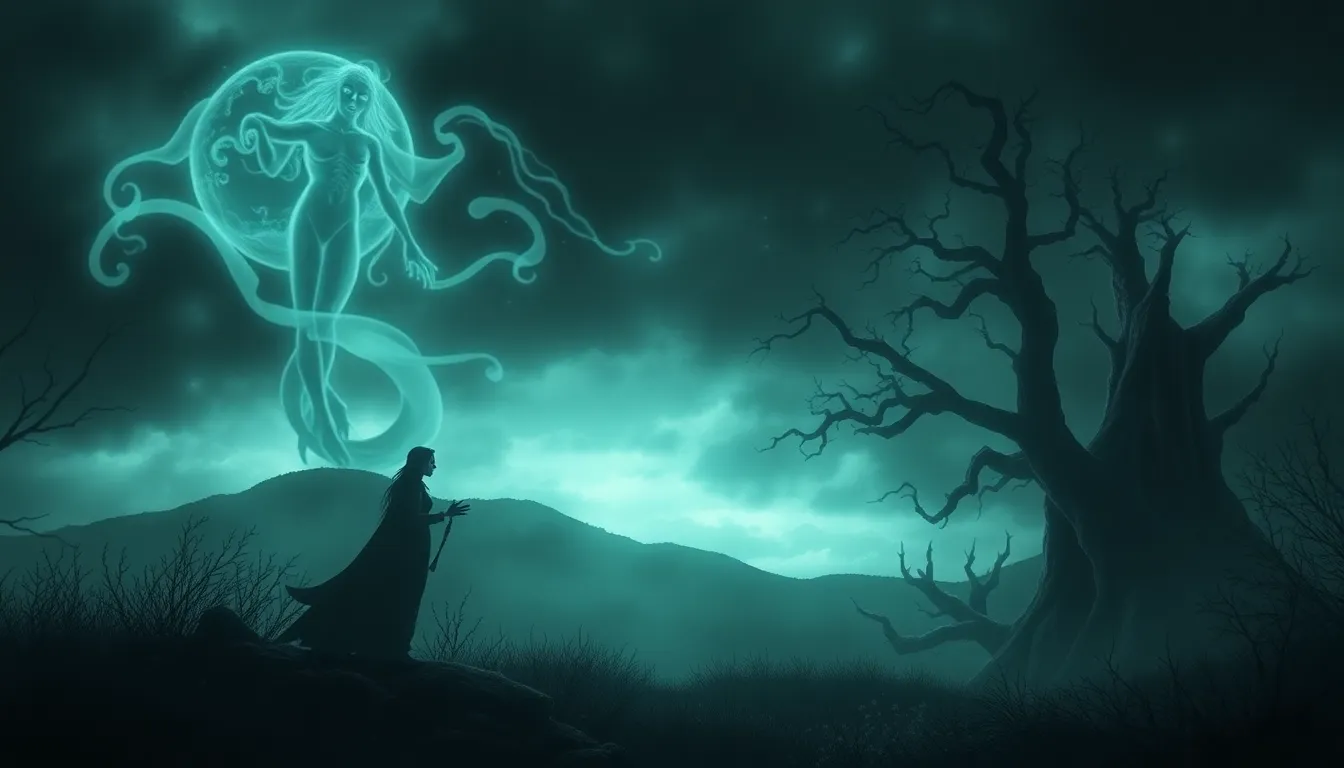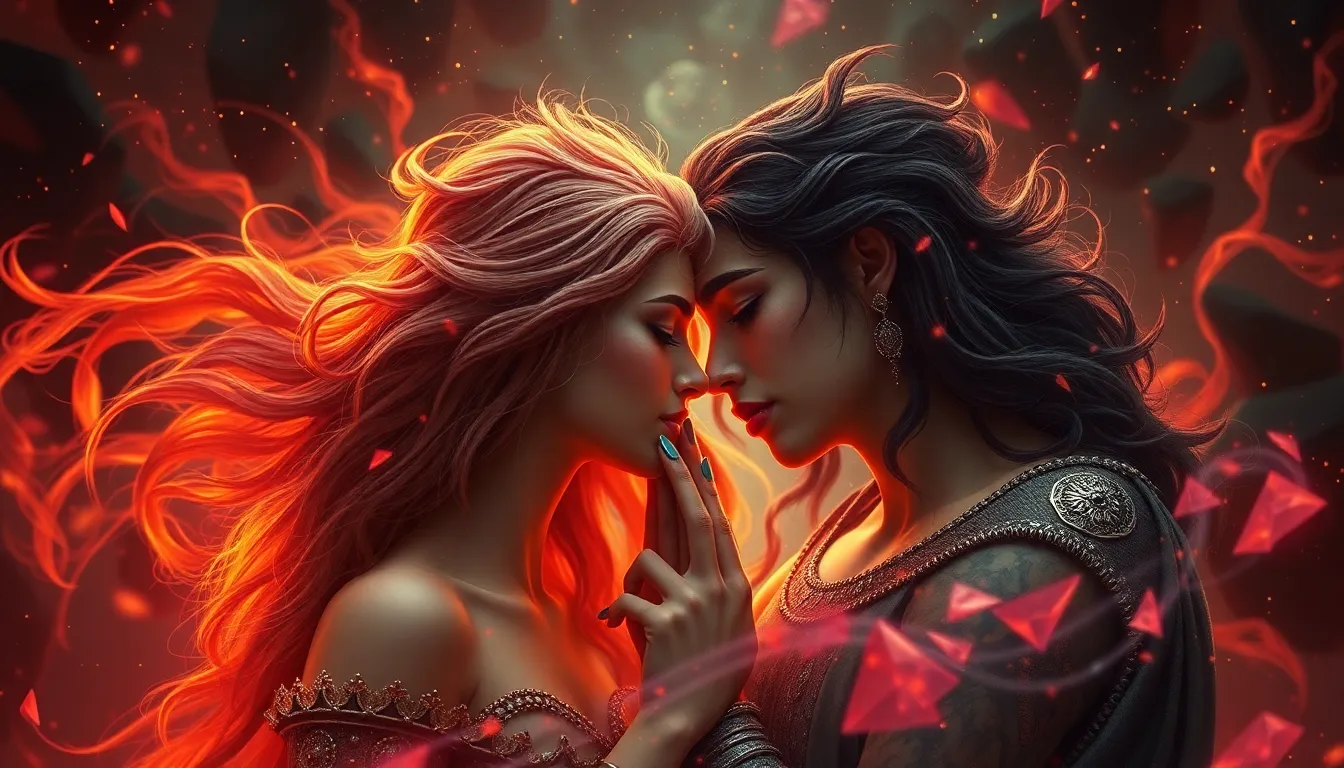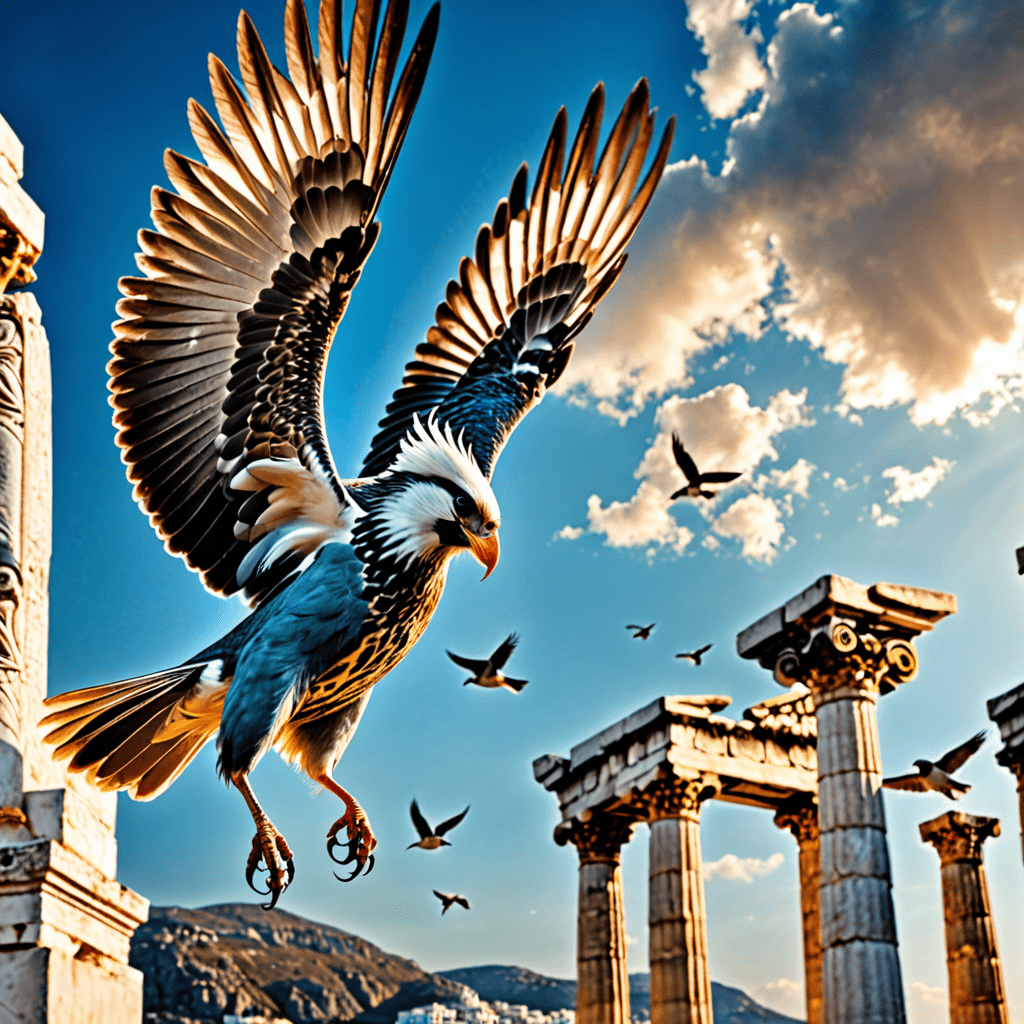The Tale of the Banshee: A Haunting Legend of Ireland
Introduction to the Banshee: The Spirit of Mourning
The Banshee, known as the “Bean Sí” in Irish, is one of the most iconic figures in Irish folklore. This ethereal spirit is often associated with death and mourning, believed to herald the passing of a family member. The purpose of this article is to delve into the rich tapestry of Banshee lore, exploring its origins, cultural significance, and modern interpretations. Readers can expect a journey through history, folklore, and the ongoing legacy of the Banshee in both Irish culture and contemporary society.
Origins of the Banshee Legend
The origins of the Banshee legend can be traced back to ancient Irish literature and mythology. Early references to the Banshee appear in the tales of the Tuatha Dé Danann, a mythical race of deities in Irish lore. The legend of the Banshee is steeped in the beliefs of the Gaelic people, who saw her as a protective spirit of certain families, particularly those of noble lineage.
The term “Banshee” itself comes from the Irish “Bean Sí,” which translates to “woman of the fairy mound.” This linguistic root underscores her connection to the Otherworld and the supernatural. The Banshee is often seen not just as a harbinger of death, but as a figure who embodies the sorrow and loss experienced by families over generations.
The Banshee’s Appearance: A Descriptive Overview
Folklore depicts the Banshee in various forms, often influenced by regional differences. Commonly, she is described as a woman of striking beauty, with long, flowing hair and a pale complexion. Her attire typically consists of a white or gray gown, symbolizing purity and mourning.
- Age: The Banshee can appear as either a young maiden or an old hag, reflecting the dual nature of life and death.
- Physical traits: She is often described as having hauntingly beautiful features, with an otherworldly presence that captivates and frightens.
- Regional variations: In some areas, the Banshee may be depicted as a woman in a green dress, while in others she may appear as a ghostly figure shrouded in mist.
The Role of the Banshee in Irish Culture
The Banshee holds a significant place in Irish traditions and customs. She is not merely a figure of fear; rather, she embodies the collective grief of families. In many Irish households, the Banshee is seen as a guardian spirit, watching over the family and mourning their losses.
Her presence is often invoked during times of sorrow, and she serves as a reminder of the inevitability of death. The Banshee’s wail is an expression of grief, and many families take comfort in the belief that she is there to guide the souls of their loved ones to the afterlife.
The Banshee’s Wail: A Sound of Forewarning
Perhaps the most chilling aspect of the Banshee legend is her mournful cry. The Banshee’s wail is often described as a haunting and beautiful sound, echoing through the night. It is said to vary in intensity, sometimes resembling a low moan and at other times a high-pitched scream.
- The wail is interpreted as a sign that death is imminent, alerting families of their impending loss.
- Many believe that the Banshee’s cry is specific to the family she serves, making it a deeply personal and intimate experience.
- Some interpretations suggest that the wail is not merely a harbinger of death, but also a celebration of the life of the departed.
Regional Variations and Local Legends
Across Ireland, the Banshee’s story varies significantly from one region to another. Each province has its unique take on the legend, often influenced by local customs and historical events.
- Connacht: Here, the Banshee is often associated with the cries of the wind, believed to carry the voices of the departed.
- Leinster: In this region, stories abound of the Banshee appearing at the deathbed of noble families, offering comfort in their final moments.
- Ulster: The Banshee is sometimes depicted as a protector, warding off evil spirits that threaten the family.
- Munster: Tales from Munster often describe the Banshee as a more playful entity, engaging in mischief before revealing her sorrowful nature.
The Banshee in Modern Media and Popular Culture
In recent years, the Banshee has found a place in modern media, appearing in literature, film, and television. These portrayals often reflect a blend of traditional beliefs and contemporary interpretations.
- In literature, authors like James Joyce and W.B. Yeats have referenced the Banshee, weaving her into the fabric of their narratives.
- Films such as “The Secret of Roan Inish” depict the Banshee as a symbol of connection to one’s heritage.
- Television shows like “Supernatural” and “The Witcher” have introduced the Banshee to a wider audience, often portraying her as a fearsome creature.
These portrayals have shaped contemporary perceptions of the Banshee, transforming her from a figure of sorrow into a fascinating character in the realm of the supernatural.
The Banshee and Gender: Feminine Archetypes in Folklore
The Banshee serves as a powerful representation of feminine archetypes within folklore. As a woman associated with death and mourning, she embodies the complexities of feminine power, sorrow, and resilience.
When compared to other female figures in mythology, such as the Greek Furies or the Norse Valkyries, the Banshee occupies a unique space. She is not only a harbinger of death but also a figure of compassion, guiding souls to the afterlife.
Contemporary Beliefs and the Banshee Legend
Despite the passage of time, the Banshee legend remains relevant in contemporary Irish society. Many people still share anecdotes of encounters with the Banshee, often recounting experiences that evoke both fear and reverence.
Individuals report hearing her wail during times of personal loss, reinforcing the belief that she is an active presence in the lives of families. These modern tales serve to keep the legend alive, reminding us of the enduring connection between the past and the present.
Conclusion: The Enduring Legacy of the Banshee
The Banshee remains a powerful symbol in Irish culture, embodying the themes of grief, loss, and the supernatural. Her legend serves as a reminder of the importance of family and the inevitability of death, while also preserving a rich aspect of Irish heritage.
In conclusion, the Banshee is more than just a figure of fear; she is a complex symbol of both sorrow and compassion, reflecting the multifaceted nature of the human experience. Her enduring legacy continues to resonate, inviting us to explore the depths of our own emotions and connections to those we have lost.



